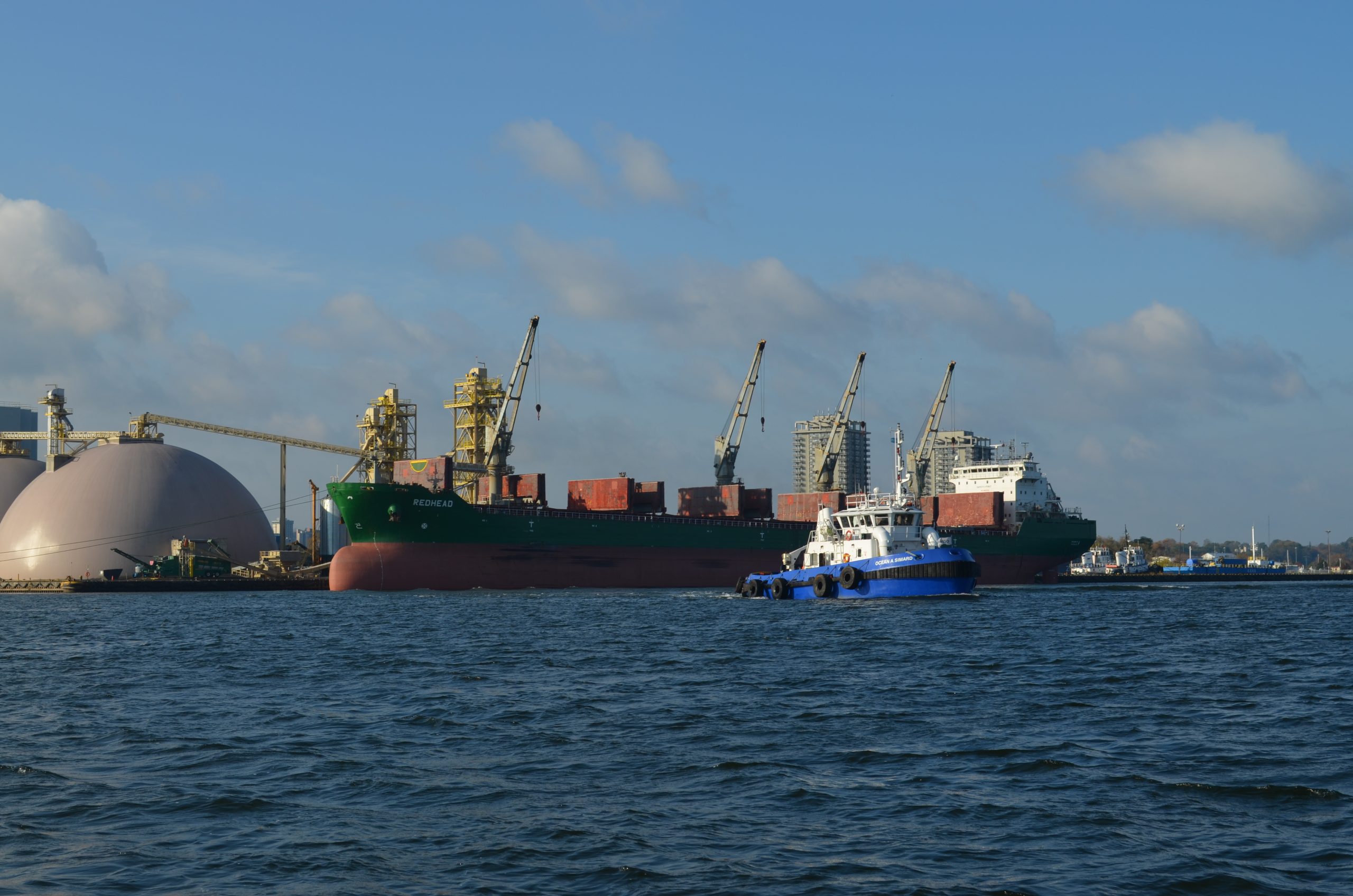The trends exhibited in Canadian Great Lakes-Seaway shipping in April continued through May, with certain key commodities showing strong numbers.
Approximately 7.97 million tonnes of total cargo traffic have now transited the seaway system for the year to date, which is down slightly but still consistent with the 8.2 million tonnes of cargo recorded for the same period in 2022.
Significant volumes of Western Canadian grain continued moving through the system, as more than 2.1 million tonnes have been transported so far this year, an overall increase of more than 9 percent year over year. Iron ore, also saw an overall increase in shipping activity, with total traffic through the system being almost 1.6 million tonnes, an increase of 9.93% from the same period last year.
“While the year began with uncertainty regarding the economic outlook, Canadian farms are feeding the world in the face of global unrest, shippers are responding to needs created by resilient consumer demand, and the Seaway is there as always to meet the needs of our customers,” said Terence Bowles, President and CEO of The St. Lawrence Seaway Management Corporation (SLSMC).
“As an essential service, we take pride in efficiently marketing and moving grains, oilseeds, and pulses to areas of need around the world,” said Kyle Jeworski, CEO of Viterra Canada. “The Great Lakes-Seaway is an important shipping corridor for our company and for meeting the needs of our end use customers in a safe and sustainable manner.”
Cement traffic also continued to be up by 57% year over year (a total of 1.86 million tonnes), and steel slabs have had an especially a strong start, being up approximately 536% (120,000 tonnes).
“HOPA Ports plays a vital role in propelling the local economy forward in the City of Oshawa. At the Port, the structural steel and cement sector are economic pillars through job creation, attracting investment and fostering growth,” says Ian Hamilton, HOPA Ports President and CEO. “In Oshawa, we’re encouraged to see cement commodities on the rise, up 46% year-to-date, providing essential materials necessary for construction projects. We are committed to investing in Oshawa, building dynamic partnerships while driving sustainability and prosperity for the local economy and community.”
While Seaway cargo is helping maintain economic momentum, its also important to note that it is all being moved by the “green mode” of transit. Due to its unprecedented investment in infrastructure and vessels, the Canadian-flag fleet, on average, can carry one tonne of cargo an impressive 360 kilometres on one litre of fuel. Recent analysis by Research and Traffic Group has shown that due to that fuel efficiency, if rail and truck were to carry the same cargo over the same distance as CMC’s fleet, there would be 31 per cent more GHG emissions from rail and 558 per cent more from trucking.
“Global circumstances shift and change, but the Great Lakes-St. Lawrence shipping corridor continues to serve our diverse clientele as we always have – passing eco-efficient ships through a safe, secure and reliable waterway system in a cost effective, efficient, environmentally and socially responsible manner that delivers value to the North American economy,” noted Terence Bowles.
(HOPA photo of Port of Hamilton)


